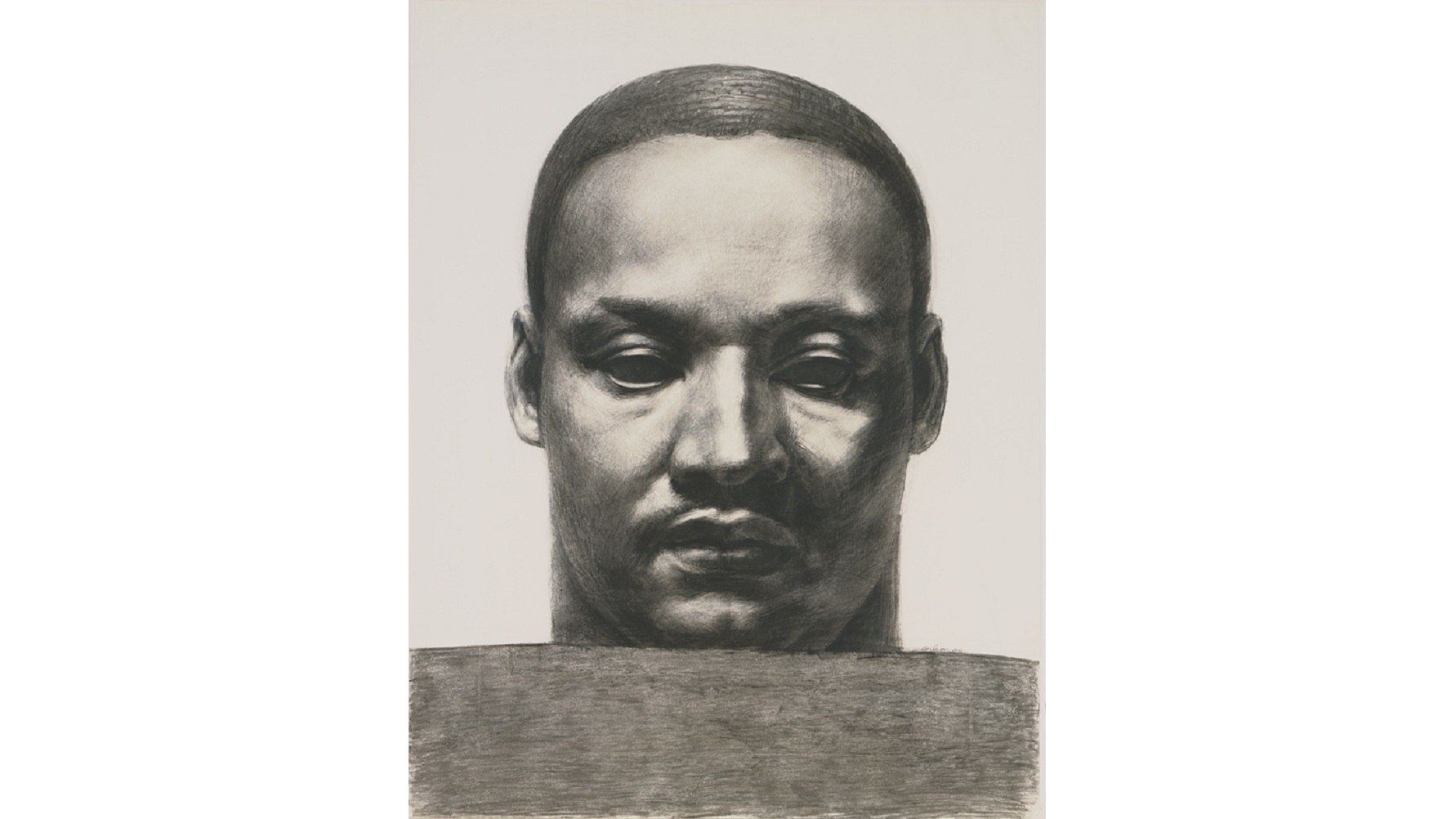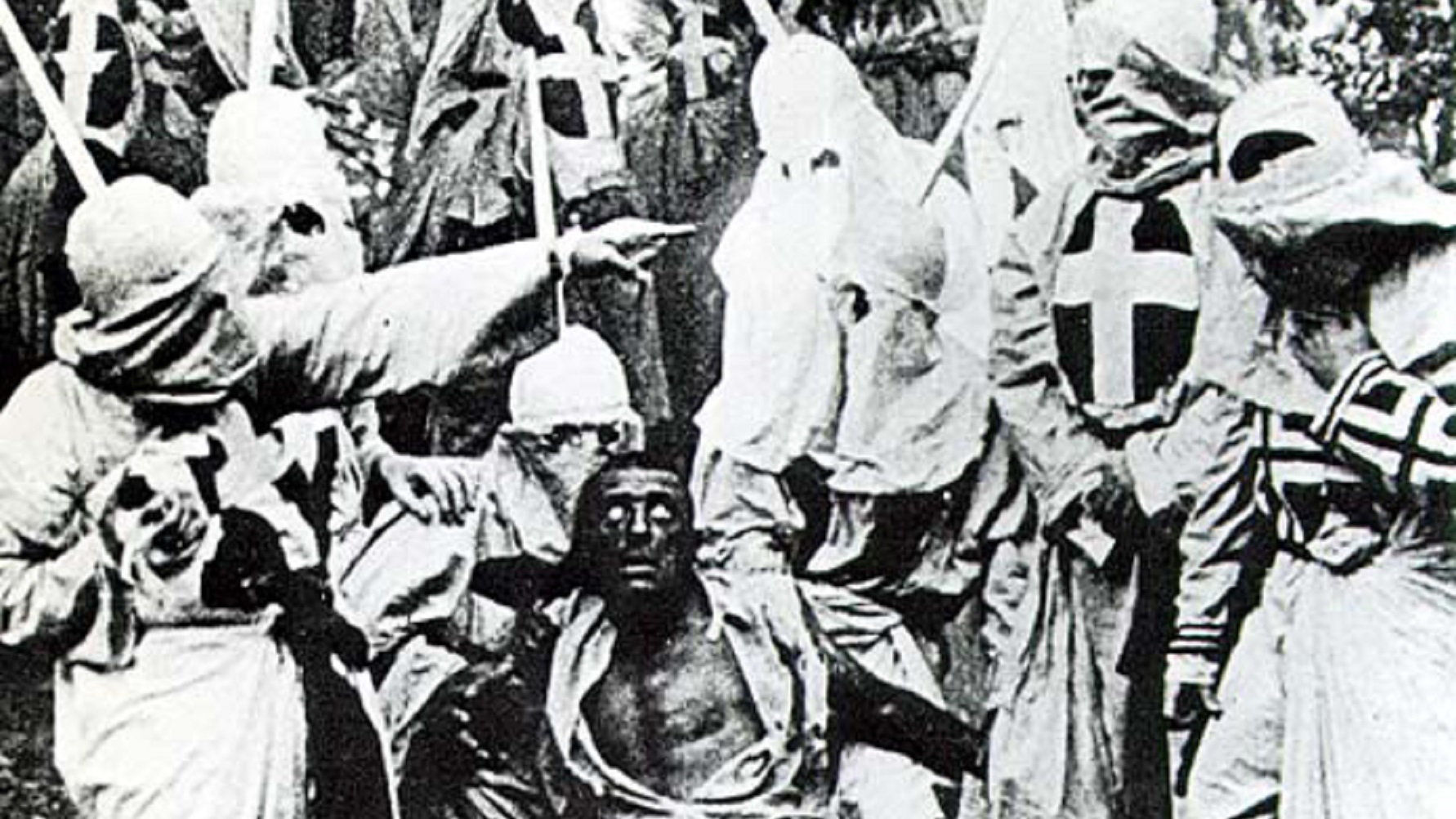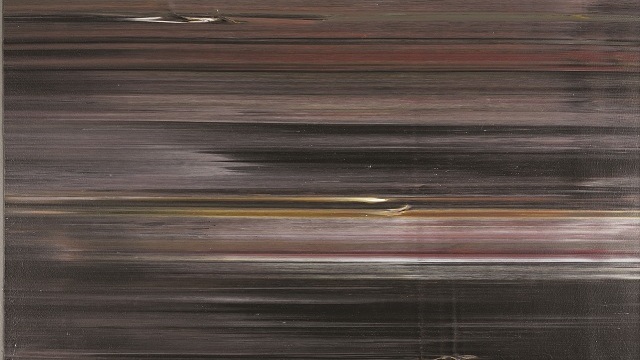The court of public opinion has never been stronger than in our current social media age. But does the brand of justice it dishes out improve upon or subvert the rule of law?
Search Results
You searched for: David Williams
The 70th anniversary of the dropping of atomic bombs on the Japanese cities of Hiroshima and Nagasaki will undoubtedly be accompanied by images of the “mushroom clouds” that rose over both cities. Terrible and sublime, these images burned themselves into the consciousness of “the greatest generation” and every generation since that’s lived with both the legacy of nuclear war and the reality of nuclear energy. A new exhibition at the Art Gallery of Ontario titled Camera Atomica looks deeply at the interrelated nature of photography and nuclear war and peace to come away with a fascinating glimpse of the calculatedly manufactured “atomic sublime” — the fascination with such terrible power at our command that simply won’t let us look away.
As our histories and memories move more and more into the digital space, we're at the mercy of the cloud to maintain our history. So, what happens when the internet gets it wrong and re-works a piece of literature?
History curriculum needs to place a keen focus on decision-making and scrutiny, not just rote memorization of names and dates.
Black Friday is a symbol of American over-consumption and classist judgement. It's a good thing that retailers want to do away with the event.
The most important lessons about Earth come from looking outward. “We came all this way to explore the Moon, and the most important thing is that we discovered the Earth.” […]
When the Philadelphia Museum of Art purchased Henry Ossawa Tanner’s painting The Annunciation in 1899, they became the first American museum to acquire a work by an African-American artist. That purchase announced a new era of recognition of African-American art and artists just as much as the painting itself announced a new style of art moving away from stereotypical “black” scenes towards a freedom of aesthetic choice. Persons of color could express themselves in any way, even abstraction, but faced the new problem of remaining true to themselves at the same time. The new exhibition Represent: 200 Years of African American Art and accompanying catalogue show how these artists faced the challenges posed to them by art and society and provide all of us with a fascinating guide to facing African-American history—tragic, tenacious, transcendent—through its art.
How would you tell the story of our Universe to an 8-to-10 year old? “To begin, begin.” –William Wordsworth The Big Bang is maybe the greatest scientific achievement of the […]
On February 8, 1915, at Clune's Auditorium in Los Angeles, California, D. W. Griffith’s Birth of a Nation premiered. The fledgling art form of film would never be the same, especially in America, which even half a century after the end of the Civil War struggled to come to terms with race. Now, a century after Birth of a Nation’s premier, America still struggles not only with race, but also with how race plays out on the silver screen. For good and ill, Birth of a Nation marks the beginning of the first 100 years of the American Cinema—epically beautiful, yet often racially ugly.
The idea that Alzheimer’s is a form of diabetic disease has been gaining currency in medical circles for almost ten years. The accumulated evidence is now so strong that many […]
Producing capable candidates for the increasing number of STEM positions means getting children interested in those subjects while they're young. For the children's publishing company Cascade Pass, it also means inspiring children who, even in their imaginative early years, may harbor doubts about their opportunities.
After more than two years, we’ve visited all 110 objects. Have a look back at each one! “If you keep your eyes open enough, oh, the stuff you will learn. […]
An amazing art project casts your heroes of TV and film as an imagination-firing set of Marvel superheroes! “Hard times don’t create heroes. It is during the hard times when […]
More science, more stories, and more spectacular scientists are coming to Starts With A Bang! Image credit: BBC, The Story of Science. “Men at some time are masters of their […]
How glassworker Loren Stump’s artwork is pushing the boundaries of the artform into uncharted waters. “I guess I just prefer to see the dark side of things. The glass is […]
And what are the odds that it’s out there? “Since stars appear to be suns, and suns, according to the common opinion, are bodies that serve to enlighten, warm, and sustain […]
The brightest “planetary nebula” is actually a Sun-like star in its final death throes! “When he shall die,Take him and cut him out in little stars,And he will make the face […]
“I could erase an entire life,” thinks a pensive Adolf Hitler as he stares into his mirror in one of the many striking images from the career of artist Raymond […]
The iPhone is essentially an extension of the human mind, and that's totally natural.
Although the agency refuses to confirm it, the CIA is helping to fund a study that will determine how and whether tinkering with the climate could impact national health, not to mention security.
So David Brooks wants to arouse in us some SELECTIVE NOSTALGIA for neoconservatism. That’s not surprising, because he once was a “neocon”—or a “national greatness” conservative. Now the brand “neocon” […]
A comment on my most recent blog post reminds me both why I love blogging and why comments on science blogs are such a good thing. The commenter might write […]
“Ain’t got no rest in my slumbers/ Ain’t got no feelings to bruise/ Ain’t got no telephone numbers/ I ain’t got nothing but the blues,” goes Jazz composer Duke Ellington’s […]
“Autonomy, adventure, imagination: entrepreneurship comprehends all this and more for us. The characteristic art form of our age may be the business plan.” –William Deresiewicz Imagine you are a painter […]
We imagine our view of the world like a painting from the Realism movement – rife with detail and comprehensible – but the contents of our conscious mind are more […]
NewSpace SmallCaps often face challenges: tight budgets, game-changing competition, lengthy development schedules and cash flow crunches. To reduce some of this pain, NewSpace companies have found significant advantages in tapping […]
To celebrate her Jubilee year, the Queen had a large chunk of Antarctica named after her; possibly upsetting the Argentinians and Chileans.
Congress gets to pick its own voters, and not the other way around. But what if we got rid of gerrymandering and made 200 races in the House competitive every two years instead of just 30 or 40?
Imagine that you are making your way through a dense jungle. Thick vegetation makes it difficult to see more than few feet in front of you. Suddenly, you break through […]
If you haven’t yet seen Bill Nye’s video on evolution versus creationism, watch the video here: This video has made national headlines, received nearly 3 million views on Youtube, and […]




















